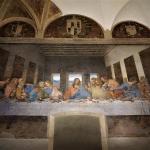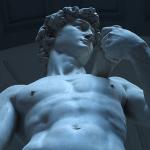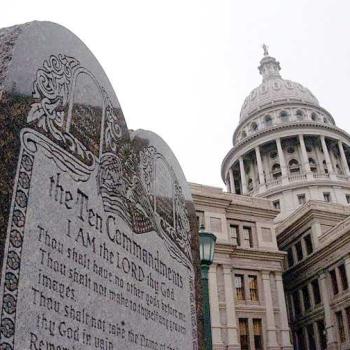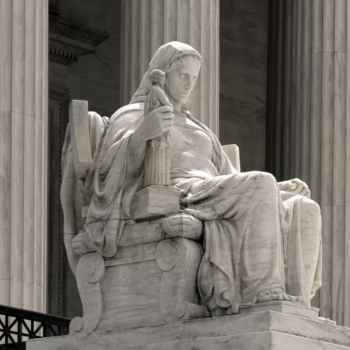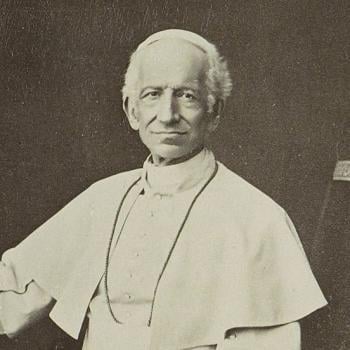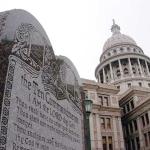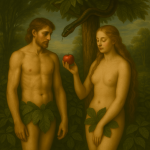Of all the great works of art associated with the Crucifixion and Resurrection of Christ, the two most iconic must be the painting The Last Supper by Leonardo da Vinci and Michelangelo’s Pietà, a sculpture. These two masterpieces probably were finished within months of each other. It’s believed The Last Supper was completed in 1498, possibly 1499, and the Pietà in 1499 or 1500, give or take. And yes, the two artists knew each other, and by all accounts they couldn’t stand each other. You can read about the messy and precarious history of The Last Supper here. This post will look at Michelangelo’s Pietà.
Michelangelo di Lodovico Buonarroti Simoni (1475–1564) was only 23 years old when he finished the Pietà. It was not his first sculpture, but this was the sculpture that made his reputation. The statue was commissioned by the Cardinal Jean de Bilhères, the French ambassador to Rome. The Cardinal wanted a sculpture to go into the chapel of the King of France at the Old St. Peter’s Basilica. The Cardinal died in 1999 and was buried in the same chapel.
Composition of Michelangelo’s Pietà
The Pietà was carved from a single block of Carrara marble. It portrays a scene not found in the Gospels but often depicted in Medieval art. Here the lifeless body of Jesus, just removed from the Cross, is placed in the lap of his mother, Mary, before being taken away to a tomb. The formal name of the work, Madonna della Pietà, means “Our Lady of Compassion” (or piety, or pity).
Earlier depictions of the scene tended to be clumsy, showing a large grown man sprawled across the lap of a smaller woman. Michelangelo got around this awkwardness with subtle visual trickery. Mary is carved on a larger scale than Jesus. If the two figures were to stand up, Mary would be considerably taller. The size of her body is camouflaged by her clothing, so that it’s not immediately noticeable.
The viewer’s attention is first drawn to the beautifully detailed body of Jesus. The marks of the Crucifixion are very subtle, and Jesus’ face shows no signs of torment. His suffering is over, Michelangelo seems to say. Mary’s beautiful, and youthful, face shows resignation but acceptance. This is how it must be, she seems to say. Her youthfulness is an expression of her purity.
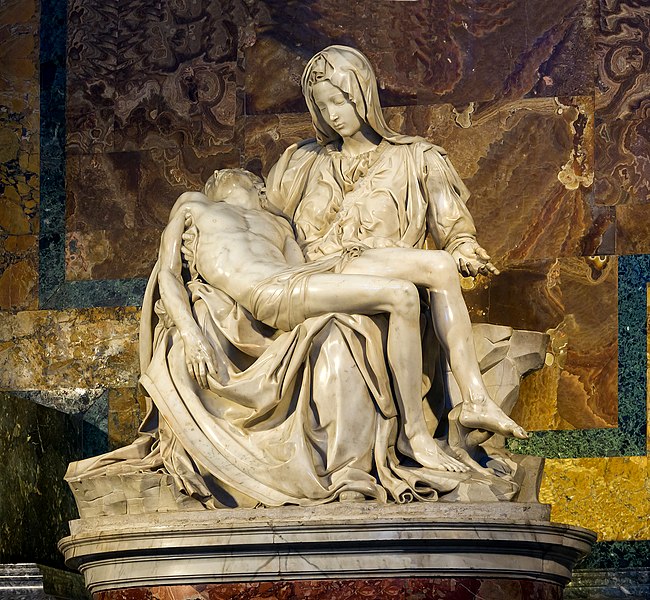
Michelangelo Signs the Pietà
According to the Renaissance artist Giorgio Vasari (1511–1574), shortly after the Pietà was finished — and rapidly becoming famous — Michelangelo learned that another artist was taking credit for it. That night he took a chisel to the statue and clarified who had made it. He wrote in Latin, MICHÆLANGELVS BONAROTVS FLORENTINVS FACIEBAT (“Michelangelo Buonarroti, Florentine, made this”) on a prominent sash across Mary’s upper body. The Pietà, we are told, is the only work Michelangelo ever signed. It’s also said he later expressed regret for the display of pride in signing it.
That’s a probable story, but one must point out that Vasari hadn’t yet been born when the Pietà was finished. So, the story is hearsay. The signature (close up here) contains odd dots, symbols, and letters inside letters. This of course has given rise to all sorts of speculation about hidden meanings. If the artist intended a hidden meaning, however, I regret to say it’s remained hidden.
The Further Adventures of Michelangelo’s Pietà
The Pietà did not remain long in the Old St. Peter’s Basilica. By 1500 the building was about twelve centuries old and in dreadful shape. Pope Julius II, who reigned between 1503 and 1513, decided to demolish the basilica and build a new one. The current St. Peter’s Basilica was built on the same site. Michelangelo was among the artists who helped design it. I have not discovered where the Pietà was stored after the Old St. Peter’s was demolished, but eventually the statue was moved into the new St. Peter’s Basilica. Some grumble that its current setting doesn’t do it justice.
Pope Urban VIII, who reigned from 1623 to 1644, in 1623 issued a Pontifical decree of canonical coronation regarding the statue. This meant that a crown was added to show that the statue was worthy of veneration. The “levitating” crown was designed to appear to float in the air above Mary’s head. In 1713 some “levitating” cherubs were added also. At some point it was admitted that the crown and cherubs were a distraction from the beauty of the statue, and they were removed.
There has been minor damage to the statue over the years, but the worst calamity happened in 1972. A mentally disturbed man named Laszlo Toth attacked the sculpture with a geologist’s hammer while shouting, “I am Jesus Christ; I have risen from the dead!” Before anyone could stop him Toth had broken Mary’s arm off at the elbow, taken a chunk out of her nose, and damaged an eyelid. He was tackled by onlookers and dragged away from the statue. The Pietà was skillfully restored and is now protected by an acrylic glass panel.
Michelangelo After the Pietà
Michelangelo still had most of his brilliant career ahead of him. One of his next works, commissioned in 1501, was the celebrated David that now stand in the Galleria dell’Accademia in Florence. The David was completed in 1504. He painted the Sistine Chapel ceiling between 1508 and 1512. And this was only a small part of his work.
Art lovers ever after have struggled to capture Michelangelo’s genius in words, and have fallen short. His work, still with us, speaks for itself.


